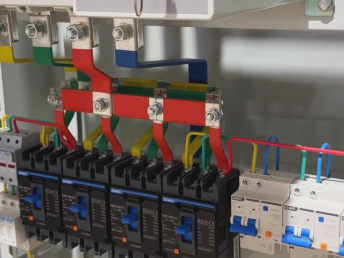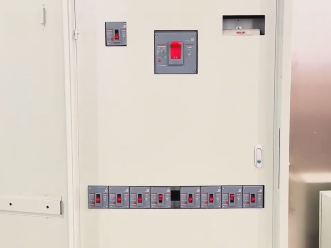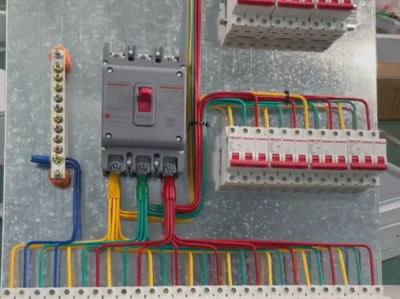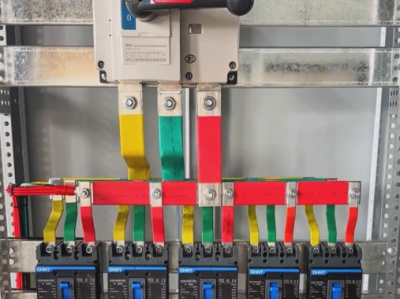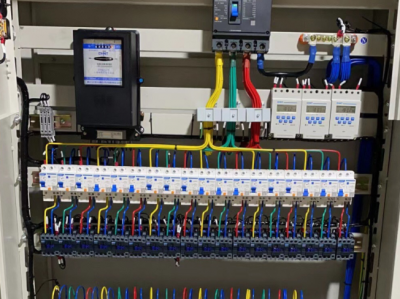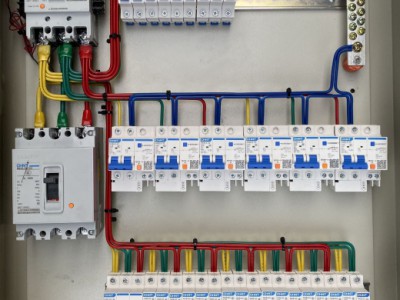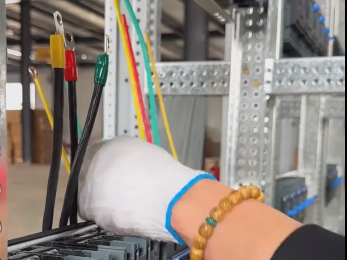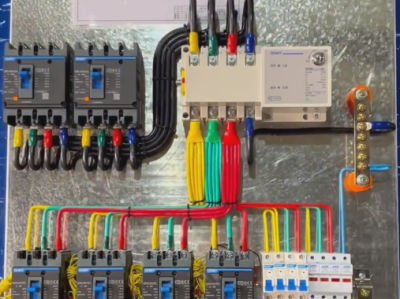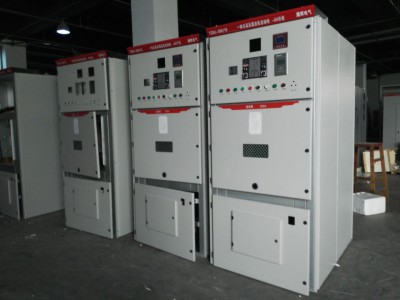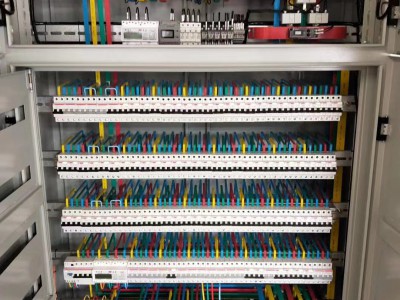Control Cabinet for Fire Smoke Exhaust
Product description
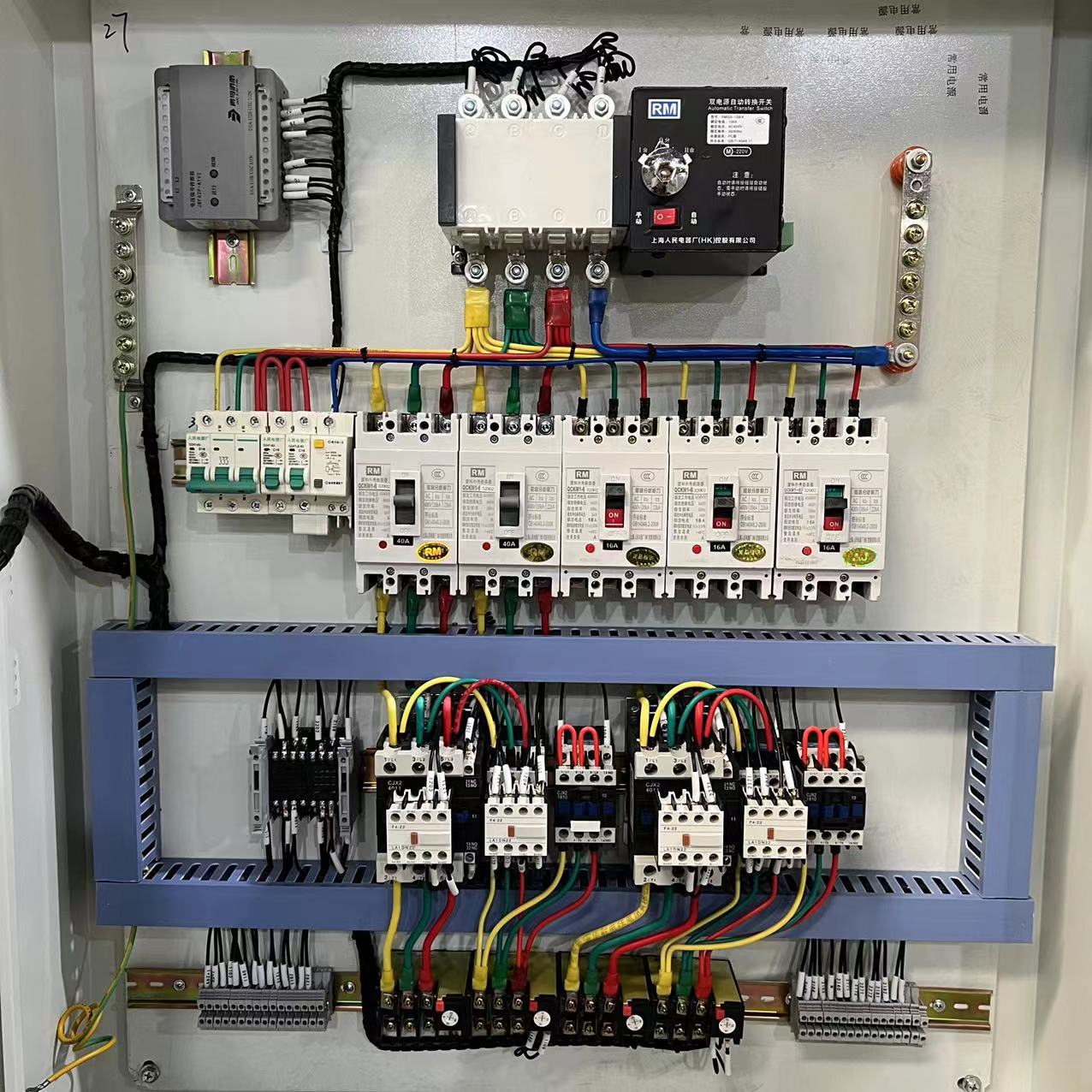 YouTube:https://youtube.com/shorts/PeHSh-7sSwo
YouTube:https://youtube.com/shorts/PeHSh-7sSwo
1. **Overview of Functions** - The control cabinet for fire smoke exhaust is mainly used to control the start, stop and monitor the running status of the fire smoke exhaust fan. It plays a crucial role in the event of a fire, being able to promptly discharge the thick smoke generated by the fire and provide favorable conditions for personnel evacuation and fire rescue. - It has both manual and automatic control functions. In the automatic mode, it can receive signals from the fire alarm system, such as signals sent by smoke detectors, heat detectors, etc. When the signals meet the starting conditions, it will automatically start the smoke exhaust fan. In the manual mode, workers can start or stop the smoke exhaust fan by operating buttons on site or in the fire control center.
2. **Internal Structure and Components**
- **Circuit Breaker**: It mainly plays the role of overload and short-circuit protection. When the current in the circuit exceeds the rated current for a certain period of time or a short circuit occurs, the circuit breaker will automatically trip and cut off the circuit to protect the safety of equipment and lines. For example, in the circuit where the control cabinet is connected to the power supply, the circuit breaker can prevent the equipment from being damaged by overcurrent caused by power fluctuations or line failures.
- **Contactor**: It is used to control the on-off of the power supply of the motor of the smoke exhaust fan. When the coil of the contactor is energized, its main contacts close and the motor is energized and starts to run; when the coil is de-energized, the main contacts open and the motor stops running. Moreover, the contactor has normally open and normally closed contacts. The normally open contacts can be used to feed back the running status signal of the fan, and the normally closed contacts can be used for functions such as fault alarm.
- **Thermal Relay**: It provides overload protection for the motor. During the operation of the motor, if an overload occurs, the current will increase, and the bimetallic strip of the thermal relay will bend due to heat. When the bending degree reaches a certain value, the thermal relay will operate, cut off the circuit of the contactor coil, and make the motor stop running, so as to avoid damage to the motor due to long-term overload.
- **Relay**: It can realize various logical control functions. For example, through an intermediate relay, the weak current signals from the fire alarm system can be converted into signals that can control high-power equipment such as contactors. At the same time, it can also be used for signal isolation and amplification.
- **Controller (PLC or Special Controller)**: This is the core component of the control cabinet. It can make logical judgments and controls according to the pre-programmed programs. In the automatic mode, it can process the signals from the fire alarm system and start or stop the smoke exhaust fan according to the set rules. It can also monitor the running parameters of the fan, such as running time, current magnitude, etc., and can transmit these parameters to the fire control center.
3. **Wiring Methods** - **Wiring of the Main Circuit**: The power supply is connected to the control cabinet, passes through the circuit breaker, and is then connected to the main contacts of the contactor. Then, the lines are led out from the main contacts of the contactor and connected to the motor of the smoke exhaust fan. During the wiring process, attention should be paid to the correct phase sequence. Generally, a three-phase five-wire system (three phase wires, one neutral wire, and one ground wire) wiring method is adopted to ensure the normal rotation direction of the motor and safe grounding.
- **Wiring of the Control Circuit**: The control circuit mainly includes the manual control part and the automatic control part. For the manual control part, the start button and the stop button are connected to the coil circuit of the contactor through wires, and the self-locking function should be considered. That is, after pressing the start button, the self-locking is achieved through the normally open auxiliary contacts of the contactor, so that the motor can continue to run until the stop button is pressed. For the automatic control part, the signals from the fire alarm system should be converted by relays and then connected to the controller. The controller judges whether to start the fan according to the signals and feeds back the running status signal of the fan to the fire alarm system.
4. **Installation and Maintenance Requirements**
- **Installation Location**: It should be installed in a dry and well-ventilated place, avoiding being installed in a humid, corrosive gas-containing, flammable or explosive environment. Meanwhile, convenience for operation and maintenance should be considered. Generally, the installation height should conform to the principles of ergonomics to facilitate manual operation and inspection by workers.
- **Daily Maintenance**: Regularly check the electrical components in the control cabinet to see if there are signs of overheating or charring. Check whether the wiring terminals are loose, especially those of the main circuit and the control circuit. Clean the dust inside the control cabinet, because excessive dust accumulation may affect the heat dissipation and insulation performance of the electrical components. Also, regularly back up and check the programs in the controller to ensure the accuracy and stability of the programs.
- **Fault Maintenance**: When a fault occurs, first check the fault indicator lights on the control cabinet and judge the components that may be faulty according to the prompts of the indicator lights. For example, if the thermal relay operates, check whether the motor is overloaded; if the contactor cannot be normally attracted, check whether the coil is damaged or whether there is an open circuit in the control circuit. Maintenance personnel should pay attention to safety during maintenance and cut off the power supply first to prevent electric shock accidents.

